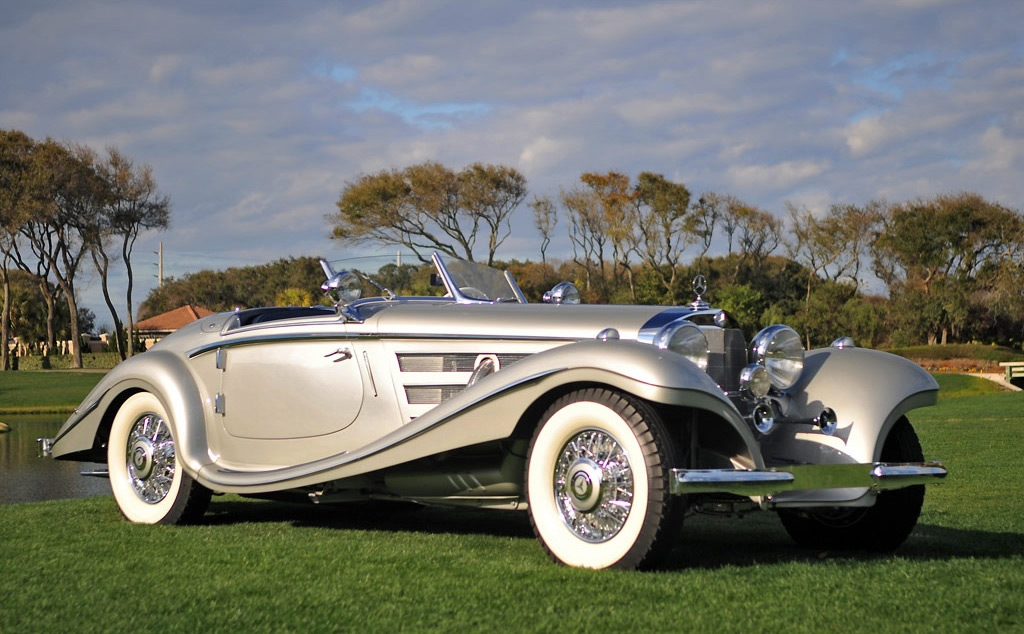Cars can be expensive. According to the Kelley Blue Book, the average price in the United States for a new car is $34,112. By most budgets that’s a good sized chunk of change and most people will find themselves making monthly payments for many years in order to pay off the amount – plus interest.
That seems like a paltry sum, though, when you compare it to the $9.9 million that a 1937 Mercedes-Benz 540K Special Roadster garnered at an Arizona auction in January 2016. The pristine vintage German luxury car made RM Sotheby’s history by becoming the auction house’s highest paid car ever. The second highest paid car was sold in 2015, a 1964 Ferrari 250 LM that brought in an impressive $9.6 million.
While a car carrying a price tag of almost $10 million may seem surreal, especially for a car. However, the original projection topped off at $13 million. No matter how good looking the car is, what does it take for a car to be deemed worth $10 million?
There are a number of elements that are included in determining the worth of a vintage car. Some of the things that are considered include:
- How rare is the vehicle? The $10 million Mercedes was an early pre-production model. There were only 419 built.
- Does the vehicle have any unique features? The Mercedes had a swooping longtail rear-end and high doors. Very few models have these features, making them unique.
- How old is the vehicle? As a general rule, an older car can often carry a higher asking price.
- Is the model an older version? Older versions of a vintage or classic car tend to sell at a higher price than newer models.
- Is the vehicle in good condition? The condition of a classic car plays a significant role in determining its value. This may include:
- How much original equipment does the car have?
- Is there any rust or body damage?
- How many miles are on the odometer?
- Has any restoration work been done on the car?
- What is the car’s history? Documentation that details the previous and original owners, restorations, maintenance, and other information can help determine its value.
There are still other factors that can also influence a car’s value. These are called intangibles and are usually based on the buyer’s personal preferences. For instance, some buyers prefer original condition as opposed to restorations.
When you are looking to invest in a classic car, Woodside Credit can help make it happen. Visit our website and complete a Quick Quote to find out how we can help you make your next great investment.

